The Mongolian word gerege (kErekEt,) is etymologically linked to the word “gere-chi” (kErecl,) or “witness evidence,” “to verify,” and “certificate,” and means “to persuade,” “to confirm,” “to convince.” In Mongolian script, the words that are pronounced similarly, but carry distinct meanings, are written differently. For instance, a word referring to a case, reason, and matter is written as “kEreit,” a word relating to a crow- “kEril t,” a word referring to the cross-stitch, and to the process of wandering, and a tool used to restrain horses- “kErokEt,” whereas a word relating to agreement is inscribed as “kE* t,” and the gerege is written as “kErekEt.” Paiz, on the other hand, is a term of Chinese origins, expressing the same concept with gerege.
During the era of the Great Mongol Empire under the rules of Great Khaans- Chinggis Khaan, Ogedei Khaan, Guyug Khaan, Munkh (Mongke) Khaan, Kublai Khaan, golden, silver, bronze, iron, and wooden gereges were granted to envoys sent to foreign countries, depending on the envoy’s rank. In other words, gerege is a certificate of special access and rights for the envoy. These credentials were designed to be worn around the neck and were often adorned with gemstones, emphasizing its beauty. For specific missions, the gerege bore the Khaan’s decree, while unmarked versions were also in use. “The Mongolian state envoys’ gereges bore similarities with the two-layered wooden tablets of Ancient Greek envoys called “diplomat.” / “Mongolian Encyclopedia”. Academy of Sciences of Mongolia, Ulaanbaatar, 2000, 292nd piece/
During the Great Mongol Empire era, diplomats typically used gold and silver gerege, inscribed in the traditional vertical Mongolian script, or in the Phags-pa script (square script,) which was designed during the reign of Kublai Khaan and had become the official script of Yuan Dynasty. A silver gerege of Abdallah Khan of the Golden Horde discovered in 1845 in the valley of Dnieper River in southern Ukraine, features an inscription in traditional Mongolian script that reads, “By the power of Eternal Heaven, this is a Decree of Abdullah Khan. Whoever does not respect will be guilty of offence.”
Additionally, according to Chinese historians, envoy gereges or “paiza” carried inscriptions such as “The Decree of Chinggis Khaan granted by Heaven,” “By the power of Eternal Heaven, those who revere it shall not falter,” “In the name of the Great Khaan, let those who heed this command fulfill it.”
According to Dr. Marie Favereau: Pax Mongolica was not just an idea. Behind it there were institutions, tools, a system. And Mongols built these institutions and ran these systems.
From the time of Chinggis Khaan up to the late Mongol Empire, there were different types of Gerege in use. Sometimes the government asked the holders to bring back the Gerege. Gereges bore no name on it, and this at times created some confusion and misunderstanding. The bearer had to use it when in service and was supposed to send it back to the central government. But sometimes they just kept it for use by the members of the family. Marco Polo described the Gerege system in his book, and he had one Gerege. When he died, he left a few objects to his family and one of them was his Gerege.
